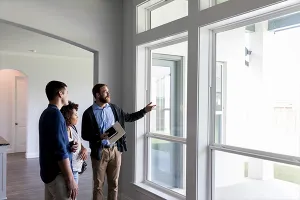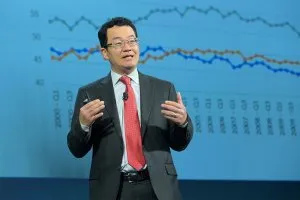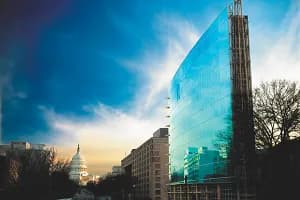In the second quarter of the year, the economy showed signs of renewed momentum, even as monetary policy remained the same. This resilience was driven mostly by solid consumer spending and a decline in imports. Inflation edged higher to 2.7%, while the labor market continued to add jobs. In this economic environment, commercial real estate trends saw little major change. The office sector continued to weaken, and retail and industrial activity cooled further. Multifamily remained the bright spot, though signs indicate the sector may have peaked as net absorption has begun to slow. The hospitality industry remained stable. Looking ahead, while the Federal Reserve is expected to lower rates, any reduction in borrowing costs could provide a lift to commercial real estate activity.
Office Properties
After nearly turning positive in Q1 2025, office absorption declined again in the second quarter as tenants remained hesitant to commit to leases amid broader economic uncertainty, lifting the vacancy rate to 14.1%. Landlords grew more competitive on pricing, slowing annual rent growth to 0.6%. Class A offices posted positive 12-month absorption for the second straight quarter but saw vacancy climb to 20.5%. Class B space continued to shed tenants, though at half last year’s pace, with vacancy at 12.0% and stronger rent growth of 1.2%. Class C properties faced further losses, pushing vacancy to 5.4%.

Multifamily Properties
As of June 2025, the multifamily market shows early signs of stabilization, with net absorption up 20% year-over-year to 531,000 units and new completions down 9%. Vacancy held at 8.1% as the supply-demand gap narrowed, and rent growth stayed modest at 0.9%. Class B properties led demand with stronger rent gains, while Class A maintained the highest vacancies. Oversupply continued to pressure rents in parts of the Sun Belt, while markets like South Bend and San Francisco outperformed with above-average growth.

Retail Properties
Retail demand has weakened over the past year, with 12-month net absorption falling from 37.4 million to –3.9 million square feet and annual rent growth slowing to 2.0% in June 2025. Nonetheless, retail currently holds the fastest rent growth and the lowest vacancy rate among all CRE sectors. General retail was the only segment with positive absorption in Q2 2025, while neighborhood centers and malls posted the biggest losses, the latter offsetting most of its vacancy impact through inventory cuts. General retail also maintained the lowest vacancy at 2.6%, while neighborhood centers and power centers led rent growth at 2.7% and 2.6%, respectively.

Industrial Properties
The industrial sector’s post-pandemic surge has cooled, with oversupply and softer demand driving a 39% year-over-year drop in net absorption to a decade-low 79.7M SF. New completions outpaced demand by 4 to 1, pushing vacancy up to 7.4%. Rent growth slowed to 1.7%, falling behind retail as the fastest-growing CRE sector. Logistics remained the primary demand driver, followed by a sharp rise in specialized facility absorption, while Flex space saw net losses.

Hotel/Motel Properties
As 2025 moves forward, the hospitality sector remains stable, though occupancy at 63.0% is still 2.9% below pre-pandemic norms, weighed down by remote work and reduced corporate travel in urban markets. Nonetheless, ADR and RevPAR have surpassed 2019 levels, up 22% and 17%, respectively, driving a rebound in profitability. Hotel transaction activity has eased as investors await clearer signs of sustained demand. Performance remains uneven, with leisure-focused markets like Hawaii leading the way, while some urban destinations continue to lag.










